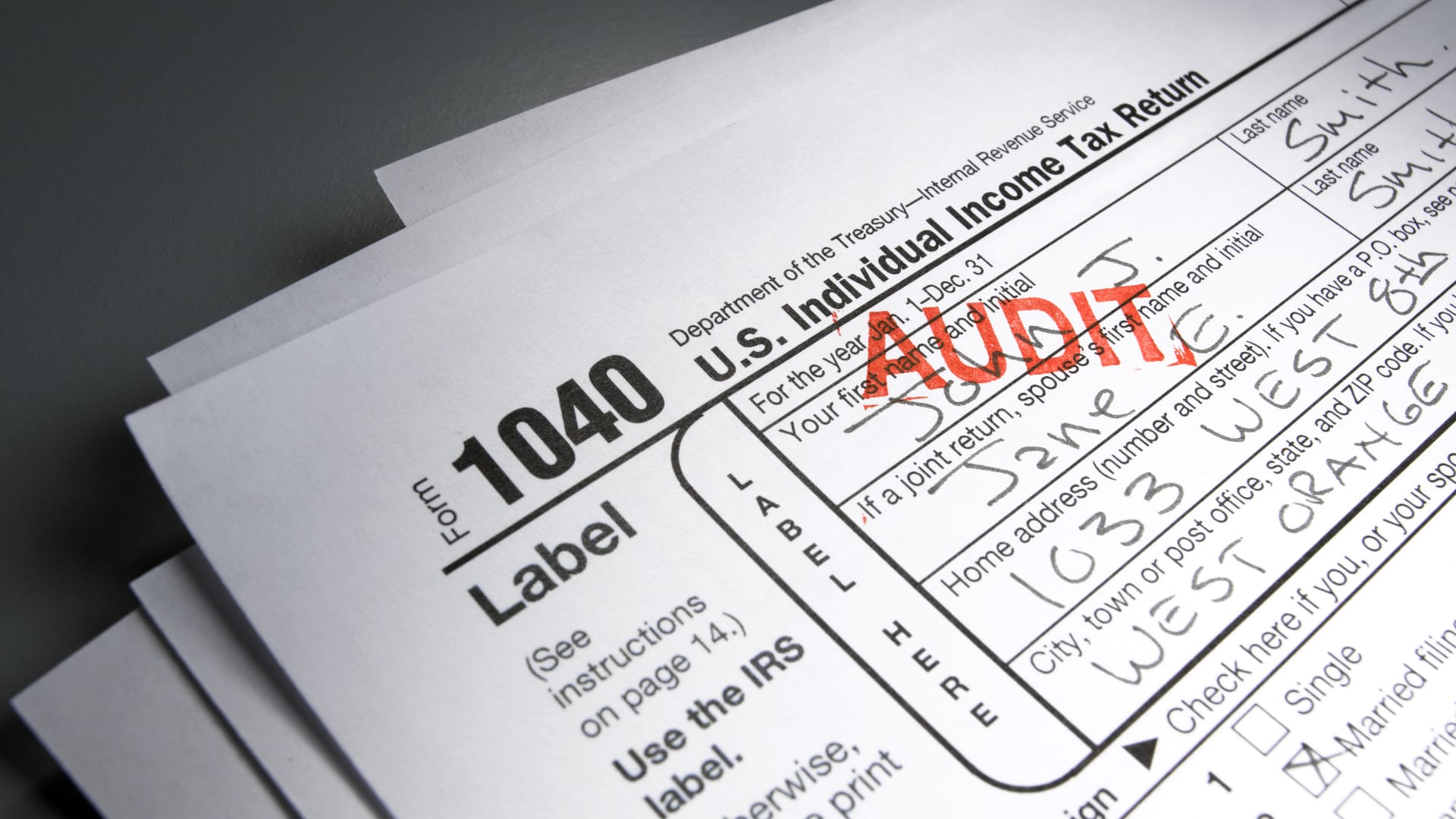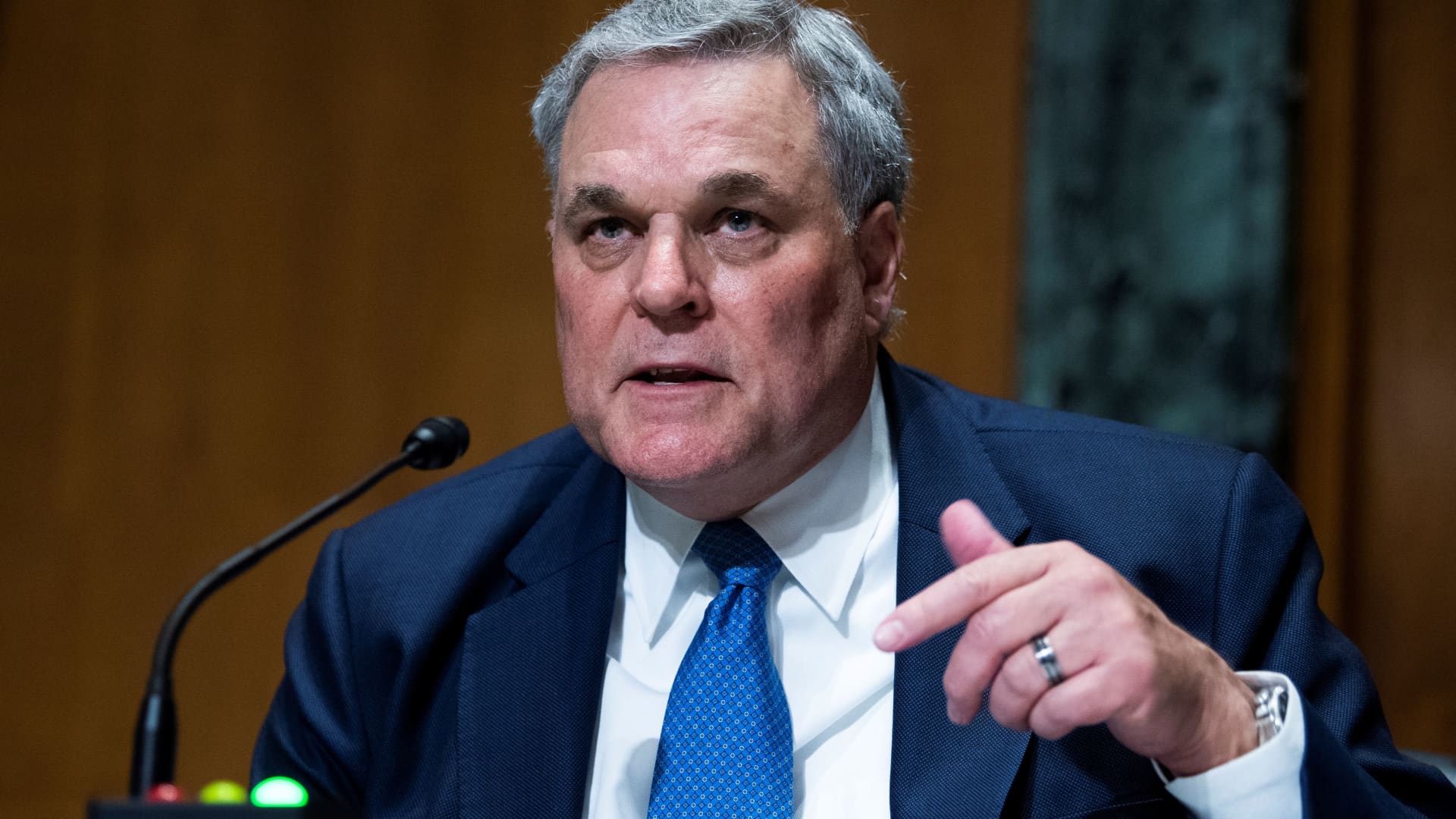Jeffrey Coolidge | Photodisc | Getty Images
As the Democrats’ spending plan moves closer to a House vote, one of the more controversial provisions — nearly $80 billion in IRS funding, with $45.6 billion for “enforcement” — has raised questions about who the agency may target for audits.
IRS Commissioner Charles Rettig said these resources are “absolutely not about increasing audit scrutiny on small businesses or middle-income Americans,” in a recent letter to the Senate.
However, with the investment projected to bring in $203.7 billion in revenue from 2022 to 2031, according to the Congressional Budget Office, opponents say IRS enforcement may affect everyday Americans.
More from Personal Finance:
Inflation Reduction Act aims to trim insulin costs for Medicare users
Expanded health care subsidies remain intact in Inflation Reduction Act
Reconciliation bill includes nearly $80 billion for IRS including ‘enforcement’
“Our biggest worry in this is that the burden for these audits will land on Walmart shoppers,” Rep. Kevin Brady, R-Texas, said Tuesday on CNBC’s “Squawk Box.”
Overall, IRS audits plunged by 44% between fiscal years 2015 and 2019, according to a 2021 Treasury Inspector General for Tax Administration report.
While audits dropped by 75% for Americans making $1 million or more, the percentage fell by 33% for low-to-moderate income filers claiming the earned income tax credit, known as EITC, the report found.
Our biggest concern in this is that the burden for these audits will land on Walmart shoppers.
Rep. Kevin Brady, R-Texas
Ken Corbin, chief taxpayer experience officer for the IRS, said returns claiming the EITC have “historically had high rates of improper payments and therefore require greater enforcement,” during a May House Oversight Subcommittee hearing.
Since many lower-income Americans are wage earners, these audits are generally less complex and many may be automated.
How the IRS picks which tax returns to audit
Currently, the IRS uses software to rank each tax return with a numeric score, with higher scores more likely to trigger an audit. The system may flag a return when deductions or credits compared to income fall outside of acceptable ranges.
For example, let’s say you make $150,000 and claim a $50,000 charitable deduction. You’re more likely to get audited because it’s “disproportionate” to what the system expects, explained Lawrence Levy, president and CEO of tax resolution firm Levy and Associates.
Other red flags for an IRS audit may include unreported income, refundable tax credits such as the EITC, home office or auto deductions, and rounded numbers on your return, experts say.
How IRS audits may change with more funding
While the legislation still must be approved by the House and signed into law, it will take time to phase in the funding, hire and train new workers.
The IRS aims to hire roughly 87,000 new agents, according to the Treasury Department.
New auditors may have a six-month training program and receive cases worth a few hundred thousand dollars rather than tens of millions, Levy said.
“You’re not going to give a new General Motors trainee, for example,” he said. “It just isn’t going to happen.”
The chance of an audit may increase for self-employed taxpayers, Levy said, depending on their return. However, the odds may not change for traditional workers with an error-free filing, he said.
“The W-2 employee is much less likely to get audited than a self-employed person by far, in my opinion,” Levy said.
Of course, one of the best way to avoid future headaches is by keeping accurate records with detailed bookkeeping and saving all receipts, he said.
.




